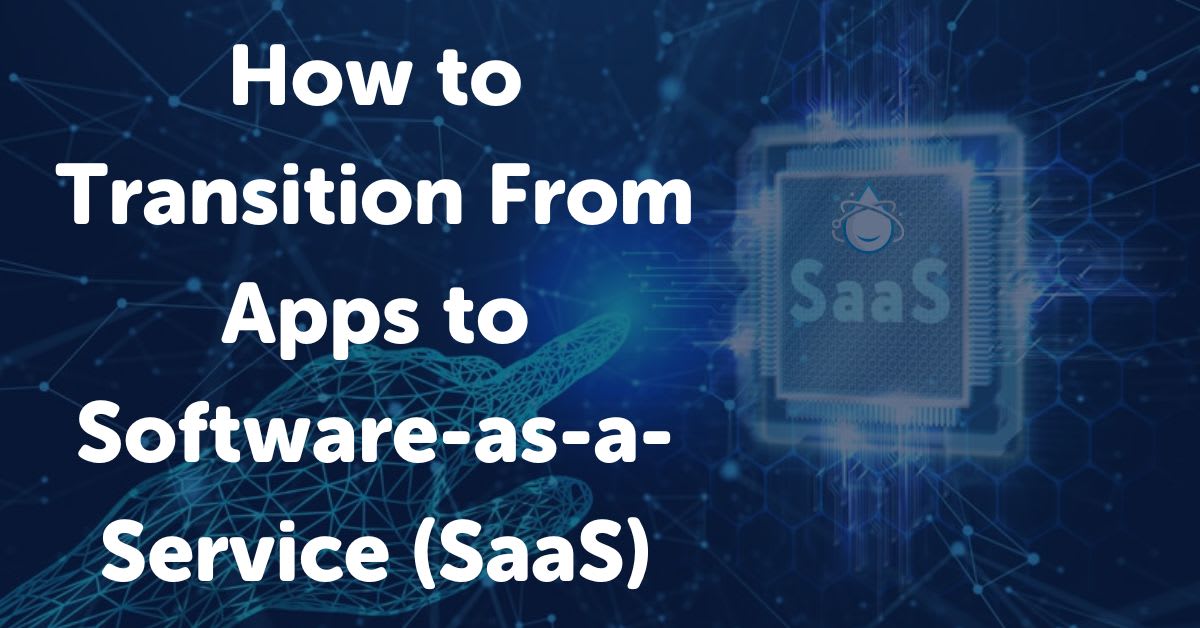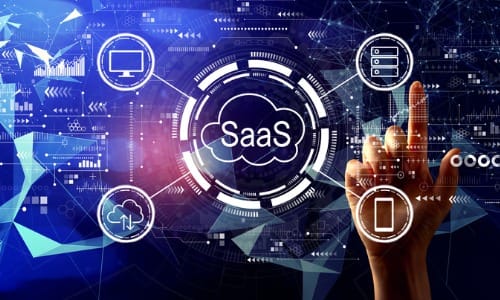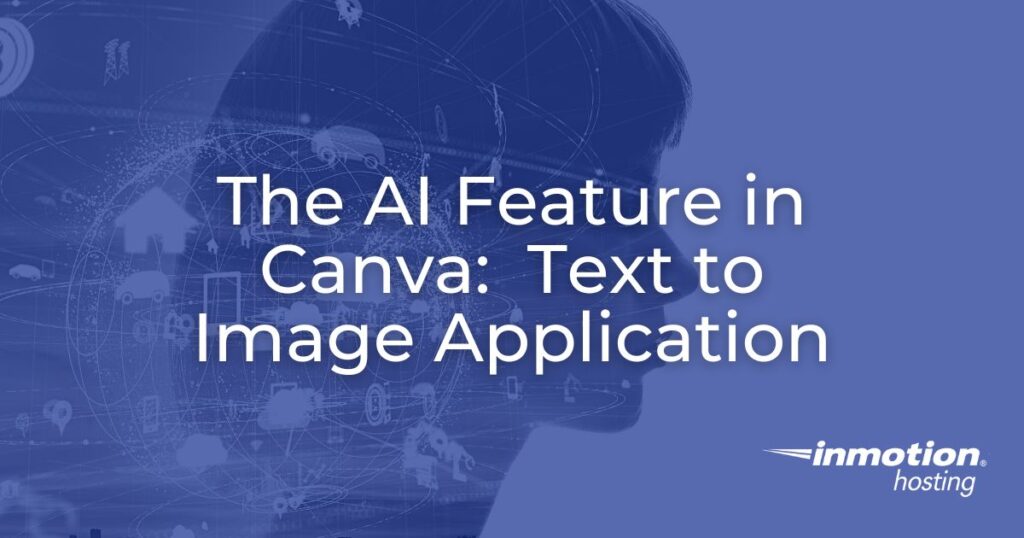
What Is an ISV in SaaS?
ISVs (Independent Software Vendors) design IT solutions just like any other developer. But what sets them apart is that they also publish or sell those solutions on cloud platforms called PaaS (Platform-as-a-Service). Some examples of PaaS include SalesForce AppExchange, Amazon AWS, etc.
The largest companies are developing such platforms to make development more accessible and convenient. In addition to suitable infrastructure, ISV developers also get access to millions of people registered at the site, which helps successfully promote their product and find potential customers. Clients, in turn, get better and richer functionality.
This product is based on cloud storage technologies where users can organize their call center with only access to the Internet. As a result, it eliminates the need to buy physical electronics and allows teams to work remotely. Features include call recording, switching between lines, and more.
This company uses SaaS (Software-as-a-Service) as a business model, and the developer company itself is traditionally called an ISV.
What Is SaaS?
SaaS is a model where customers buy a subscription for an out-of-the-box solution. With Aircall, for example, there are many plans, and the user accesses the service via a browser or API.
Compared to traditional application development (where the client needs to install and configure something), modern software developers using SaaS can develop convenient and fast solutions that significantly improve the quality and usability of the product.
What Is an ISV in the Cloud?
Many need clarification on the difference between SaaS and cloud. In effect, SaaS is a model where the user pays to access a ready-made solution. In cloud computing, the customer leases the server capacity and is responsible for developing and maintaining it.
A good example is Google Docs. It’s a cloud-based solution for the Microsoft Office Word desktop version that uses sophisticated cloud technologies. Features include real-time change updates, creating teamwork within a single document, and adding third-party APIs such as Google Keep.
ISVs today are actively moving to the cloud. The main advantages of this include the following:
Cost savings
Cost is one of the more fundamental decision-making points for an internet service provider (ISP). The price needs to be flexible and agile with increasing value as the business of the ISP grows. With proper operational and architectural guidance, the cloud can be more cost-effective over time.
High Level of Security
Security is another core block of ISPs building SaaS products in the cloud. ISPs can expect to provide secure services to their customers, meaning the tools, guidance, and practices to build and proactively protect against threats.
Fast Access via the Internet
Nowadays, almost every developer company tends to focus on cloud technologies as a modern trend. If you have a competitor with a product like yours that has more convenient and faster Internet functionality, the modern customer is more likely to go with it over yours.

The ISV-to-SaaS Migration Progress
To migrate your traditional solution to SaaS, you need to prepare appropriately.
The migration process is technically complex and needs to be planned with all the product features. In fact, it consists of several stages and requires deep communication between technical specialists and managers.
Discovery
Launching your product in SaaS without preliminary research is risky, even with an existing application.
It’s much harder to make money with SaaS than it is to sell a product. The subscription model is robust, in terms of scaling, but requires a lot of time and money to launch.
The discovery phase is an important first step in any ISV to SaaS migration. During this phase, you’ll dive deeply into your current operations and identify any areas that may need to be adjusted or updated to make the transition to a SaaS model.
This may include reviewing your current software architecture, evaluating your current customer base and revenue streams, and identifying any potential roadblocks or challenges you may encounter.
It’s important to approach the discovery phase with an open mind and a willingness to be flexible, as you may discover new opportunities or challenges you hadn’t anticipated. Accordingly, you’ll be better prepared to make a smooth and successful transition to SaaS by taking the time to thoroughly understand your current situation.
Take Netflix, for example. Once a DVD-by-mail service, the company invested billions of dollars to completely rebuild its business model for SaaS. This revolutionized the way people consume entertainment media, and Netflix is now a powerhouse in video streaming.
Assessment
Any company considering moving to SaaS should look closely at their current product and assess what functionality they will need in the cloud. Take a detailed inventory of all your on-premises systems and architecture. Additionally, identify features that can add value to your product and plan their implementation.
Map the relationships between applications. This helps you determine how the systems interact with each other and how you will replicate this structure in the cloud. Once you’ve identified which applications you need to migrate, the next step is to examine their infrastructure. It includes storage requirements, statistics, data produced, connections, and projected service level agreements.
Proof of Concept
It’s time to test the product.
- Confirm whether the technical forecasts come true, the server capacity is enough, backups work, and the Internet connection is stable.
- Start training your technical support, make the first calls, test advertising, and see if the business processes are running correctly.
- Hire a security team to test potential attacks on the server and see how the cloud provider will respond if the server security statement is consistent.
- Gather feedback on the product and make notes to fix any issues in the production version.
Migration
Once you’ve completed the above, it’s time to start planning your actual migration.
This is where you’ll develop a detailed roadmap for moving your existing software and customer base to a SaaS model. This may involve things like updating your software architecture to support a subscription-based pricing model, reevaluating your pricing and packaging options, and creating a communication plan to ensure that your customers are aware of the changes.
It’s important to be thorough and considerate in this phase. A well-thought-out plan will set you up for success in the long run. With this in mind, be sure to involve key stakeholders in the planning process, and don’t be afraid to seek outside advice or guidance if needed. With a solid plan in place, you’ll be ready to start executing your migration.
Seamless Migration With VMware Private Cloud
VMware Private Cloud is a single-tenant cloud designed for enterprise workloads. It has excellent resource flexibility, meaning customers are not limited to hardware configurations as in some public cloud clusters.
With VMware, you can host your infrastructure in an isolated and secure environment and implement technical solutions of any complexity while using additional information security features. This environment provides the security and stability businesses need with management from the Most Helpful Humans In Hosting®.
Final Thoughts
ISVs that want to transition from apps to SaaS need to be aware of the difference between the two models and what is required of them. The move to SaaS can be a great opportunity for ISVs to increase their revenue, but they need to make sure they are prepared for the change.
If you are an ISV considering transitioning to SaaS, or if you have any questions about the process, please contact us. Our team of experts is available 24/7 and will be happy to answer your questions and help you find the best solution for your needs.
[ad_2]
Source link






